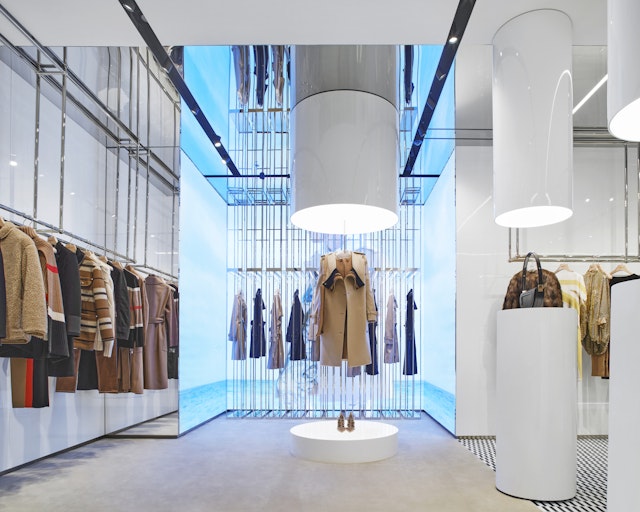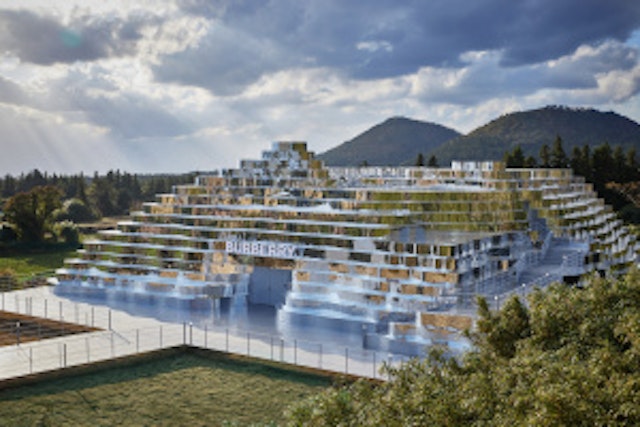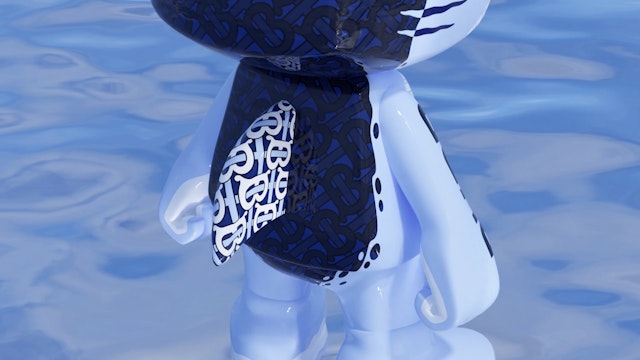The great luxury bounceback: how brands such as Burberry are returning to growth
Luxury brands were not immune to the difficulties of 2020, but according to Forrester they recovered quickly to reach pre-pandemic levels of growth by 2021. For The Drum’s latest Deep Dive, Marketing Secrets of Fast-Growth Brands, we take a look at why luxury brands have bounced back faster and explore the marketing strategy of British luxury behemoth Burberry.
While many people faced job uncertainty, major economic change or just spent a lot more time at home during the pandemic, you could be forgiven for being surprised that spending on luxury retail has returned to its normal growth trajectory. From the US to Asia, people have opened back up their purse strings and are coveting expensive designer goods.
Four reasons for luxury brand growth
According to Forrester, there are four reasons luxury brands had such a quick recovery. Firstly, most luxury brands were timely in “doubling down their investment on e-commerce and digital marketing and customer engagement,” according to Forrester’s principal analyst Xiaofeng Wang. Secondly, most major economies have rebounded and consumer spending followed. Thirdly, Wang says offline luxury retail stores are back to business with Covid safety measures and, lastly, consumer spending has shifted from travel to luxury closer to home.
“In general, luxury brands that are able to leverage digital technologies to increase customer engagement and shopping experience performed well and [are] more resilient. These tactics include virtual shopping experiences, livestreaming [and] social retail. Some early adopters include Burberry and Louis Vuitton,” explains Wang.
She points to a recent Forrester report, ‘Luxury Commerce Innovations in Asia,’ which highlighted innovations such as Burberry launching social commerce shops using WeChat in China.
Social commerce meets luxury retail
As an example of the linking of the social and digital world with the traditional luxury retail experience, Burberry has always been a brand synonymous with innovation in this space. Burberry refers to this as ‘social retail.’ At its core, the social retail concept is a store based around the idea that our offline and online lives are intrinsically linked. Burberry’s social retail concept marks a shift in how the brand engages with customers and ultimately imagines what online to offline will look like in the future.

Wang explains that this approach is particularly important in China. “E-commerce and social commerce is very crucial, especially to attract Chinese luxury consumers. China is the largest luxury retail market, and consumers rely on e-commerce and social commerce heavily to engage with and buy from luxury brands. Due to the zero-Covid approach, Chinese consumers won’t be able to travel abroad conveniently in the near future [so] luxury brands have to shift more focus on e-commerce and social commerce.”
According to Burberry, a person will typically research a product eight times on the Burberry website before they purchase. Last year, the brand redesigned its customers’ online experience on Burberry.com by replicating customer behaviors the brand sees in-store and increasing personalization. Digital content is a constant source of inspiration for luxury consumers, so Burberry added video, animation and movement into interactive product stories.
Storytelling and brand purpose
Burberry’s approach to marketing over the past year was all about building brand advocacy by telling distinctive and meaningful stories and creating experiences across multiple platforms, driving engagement and deepening our emotional connection with consumers.
The output of this was huge experiential brand activations across core markets such as China and South Korea, focusing on blending the best of luxury physical retail and social media.

It’s not just about being innovative with technology, however. Luxury brands have been more adept at understanding consumer shifts in ethics and value-based purchasing.
Wang explains: “Besides shifting more on e-commerce and digital marketing and customer engagement, luxury brands more and more adopt ethical marketing and purpose-driven marketing to highlight sustainability and corporate social responsibilities to attract values-based consumers.”
According to Interbrand, these tactics helped Burberry grow 8% between 2020 and 2021.
NFTs, the metaverse and beyond
As to what is next, luxury brands have also been among some of the first to successfully find an audience and purpose in the metaverse.
“Luxury brands are willing to invest in digital innovations and leverage emerging digital technologies to engage with consumers, especially to attract younger ones nowadays. This trend will continue and will expand to the virtual and hybrid experience. We’ve already seen luxury brands like Gucci have experimented with the metaverse and NFTs. We expect luxury brands will invest more in sustainability and ethical marketing as well while continuing their strength and focusing on premium experiences,” she adds.
As for Burberry, it believes that at a time when customers are continuously redefining community spaces and the ways in which they connect with brands, it needs to go beyond to forge lasting connections with our communities around their passion points.

In August last year, Burberry partnered with Mythical Games to create its first in-game NFT collection in their flagship title ‘Blankos Block Party.’ Adorned with Burberry’s new TB Summer Monogram and inspired by Burberry’s Animal Kingdom house code, the limited-edition, limited-quantity Burberry Blanko, a shark named Sharky B, was designed by its creative teams, as well as a range of accessories inspired by its Summer Monogram capsule. Burberry’s 750 NFT characters sold out in a record time of 30 seconds, while the Burberry jet packs sold out in under two minutes.
From a marketing perspective, luxury brands have responded quickly to the consumer need for innovative, seamless retail experiences that traverse online and offline. They have also been extremely adept at connecting with the human want for stories, emotion and ethical connections. The economic and social uncertainty isn’t over yet and this foundation of innovation and community in marketing will allow luxury brands to grow faster than their lower-priced counterparts.
For more Marketing Secrets of Fast-Growth Brands, check out The Drum’s latest Deep Dive.
Content created with:

Burberry
Find out more
